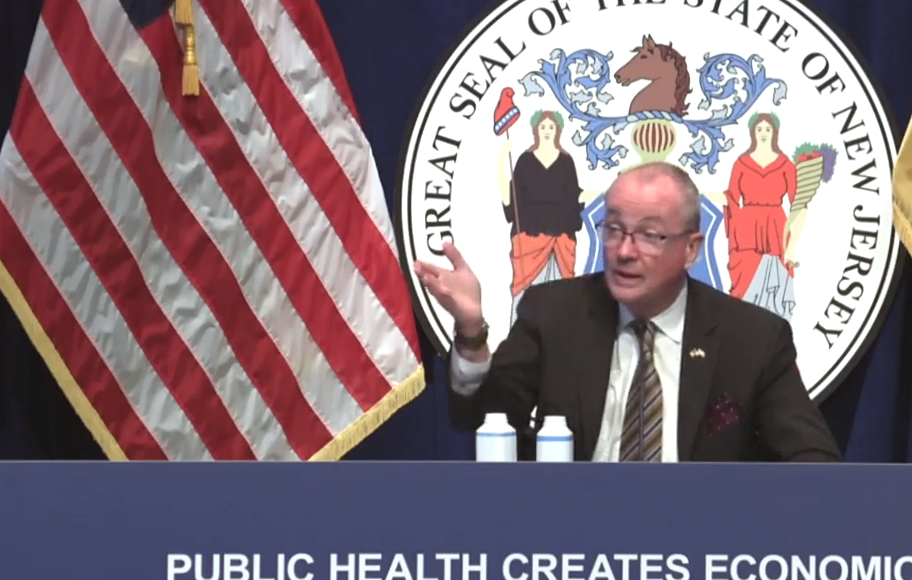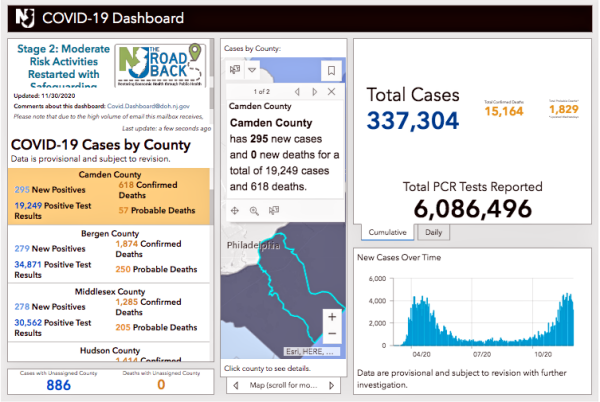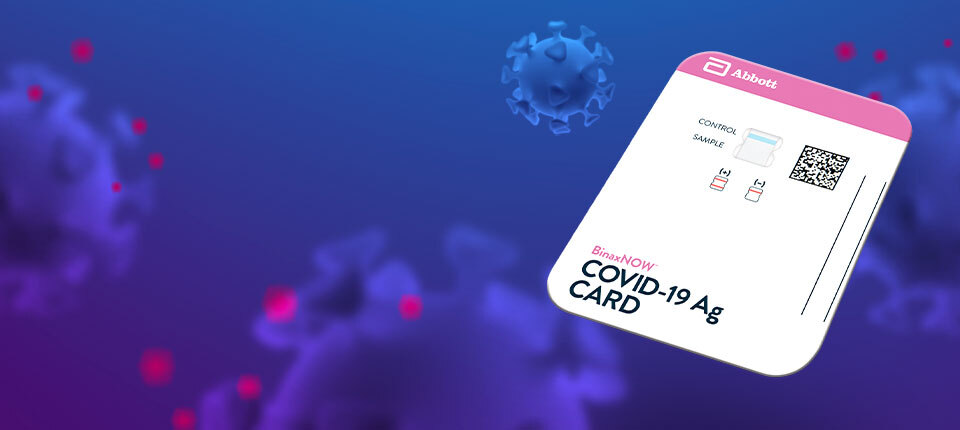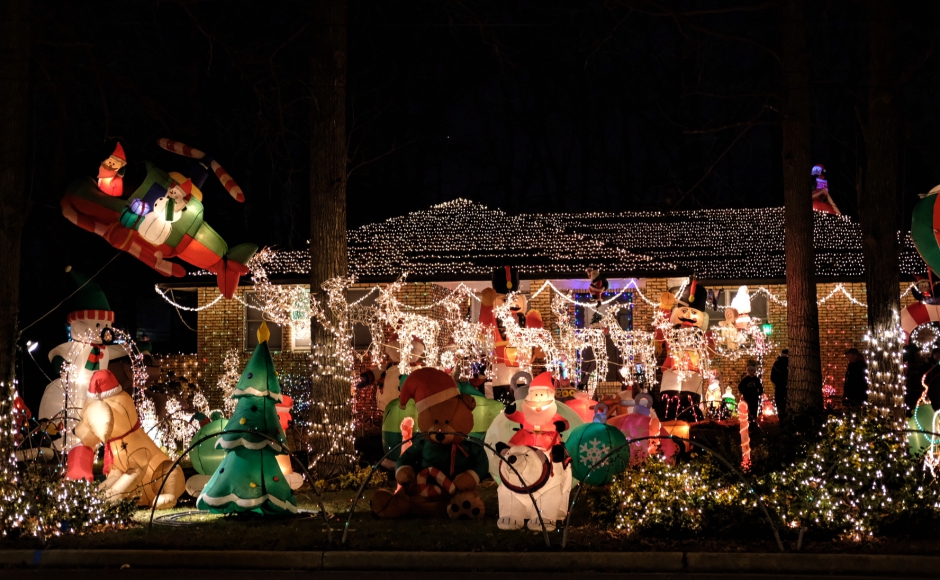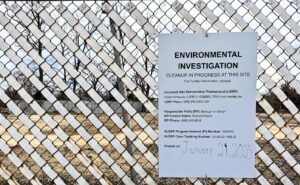Gov. Murphy insists the state is not headed for another widespread shutdown, citing use of ‘focused and surgical’ measures. Plus: 70 percent of New Jerseyans refuse to participate with contact tracers.
By Matt Skoufalos | November 30, 2020
Another 3,199 New Jersey residents have tested positive for novel coronavirus (COVID-19), bringing the statewide total to 337,304 cases, Governor Phil Murphy reported Monday.
Sadly, 15 more residents have perished from complications related to the virus, bringing the statewide death toll to 15,164 lives lost during the pandemic.
In addition to those lab-confirmed fatalities, the state has acknowledged another 1,829 probable COVID-19-related deaths.
Since March, 469 of every 100,000 New Jersey residents have been hospitalized with COVID-19, and 172 of every 100,000 have died from COVID-19-related complications.
More than 6 million polymerase chain reaction (PCR) tests for COVID-19 have been performed statewide, with a 3.8-percent positivity rate per 100,000 residents.
Rate of transmission (Rt) at 1.11, high spot positivity on Thanksgiving attributed to smaller sampling
The statewide average of COVID-19 spot positivity testing stood at 11.34 percent on November 26, which was Thanksgiving.
That high positivity is attributable to the limited number of tests performed on the holiday, officials said.
Murphy also encouraged residents who gathered with people outside their immediate households over the weekend to get a COVID-19 test.
Rt, the variable that describes the seven-day, rolling-average, statewide rate of transmission of new COVID-19 cases, hit 1.11 from samples taken November 28.
An Rt figure greater than 1.0 means that each new COVID-19 patient is infecting more than one other person, on average, and the spread of the virus is increasing.
Since its mid-April COVID-19 spike, the highest reported RT in New Jersey was 1.48, recorded August 1. The lowest was 0.62, recorded June 9.
Hospitalizations continue to climb
Throughout New Jersey, 2,961 people currently are hospitalized with a suspected (200) or confirmed (2,761) case of COVID-19, Murphy said.
Yesterday 378 COVID-positive patients were admitted to New Jersey hospitals, while 263 were discharged.
Among those hospitalized patients, 575 were in intensive or critical care, and 332 of the ICU and critical-care patients (57 percent) are on ventilators.
“This is a simple matter of cause and effect,” the governor said. “As the number of daily reported cases has increased, so too, with a little bit of a lag, has the number of hospitalizations. We know that some number of the positive cases reported today will require hospitalization.”
LTCs to get rapid COVID testing resources this week
COVID-19 testing at the state’s long-term care (LTC) facilities will be expanded this week, with 360,000 BinaxNow rapid COVID-19 antigen tests being distributed for use by facility staff, visitors, and residents.
According to protocols established by the New Jersey Department of Health, LTC staffers must be tested every other day or within 48 hours of their last shifts.
All visitors must be tested, with the exception of emergency personnel, and all residents who leave facilities for any reason must be tested upon their return.
Across the state, LTCs have reported 1,015 cumulative outbreaks of COVID-19 since March, and 332 are dealing with an active outbreak. LTCs account for 42,716 infected patients and staff in New Jersey, or 14 percent of total cases.
That includes 26,855 residents and 15,861 staffers sickened by the virus, as well as 7,291 lab-confirmed resident and staff deaths (48 percent of the statewide total), with facilities self-reporting 122 staff deaths.
Of 656 veterans residing in three state-run homes, 407 residents have tested positive for COVID-19, and 146 have died from complications related to the virus. Four veterans presently are hospitalized with COVID-19, and 250 have recovered from the virus.
At state-run psychiatric facilities, 263 of 1,172 patients and 596 staff members have tested positive for COVID-19. Fourteen patients and seven staffers have died from complications related to the virus.
To date, 62 New Jersey children aged 1 to 18 have been diagnosed with pediatric multisystem inflammatory syndrome, said Dr. Ed Lifshitz, who directs the New Jersey Communicable Disease Service.
All those pediatric patients have tested positive for an active COVID-19 infection or the presence of COVID-19 antibodies, indicating exposure to the virus. No deaths have been associated with this syndrome in New Jersey, although several children have been hospitalized during their treatment. One is currently hospitalized, Lifshitz said.
Since August 1, 66 COVID-19 outbreaks encompassing 269 individual cases have been traced to schools in 18 New Jersey counties. In Camden County, nine outbreaks have been linked to 54 cases. That’s the most in the state.
Murphy: don’t believe shutdown rumors
The governor led his briefing Monday by throwing cold water on the idea that rising COVID-19 infections would lead inevitably to another statewide shutdown.
Murphy sought to differentiate the state’s response during the earliest days of the pandemic—broad closures aimed at preserving the state healthcare network from being overrun with COVID-19 patients—from actions taken as the months wore on, which he described as “more focused and surgical.”
“Just because we say that all options are on the table… that does not mean that we are about to exercise any of those options,” the governor said. “Today we see more moves on the board that we can take.
“Our overarching aim is to ensure the stability of our healthcare system and the ability of our state’s 71 hospitals to ensure proper treatment for those who need care,” he said.
Outdoor gathering limits down to 25, moratorium on indoor sports until January 2
Among those measures Murphy did enact Monday is a 25-person cap on outdoor gatherings and a suspension of indoor youth and adult sports activities until January 2.
The new outdoor gathering limits take effect 6 a.m. Monday, December 7; exceptions to the rule remain for political activities, funerals, memorial services, and wedding ceremonies. Outdoor dining at local restaurants also is not affected by the limit.
The ban on indoor sports competition and practices takes effect starting 6 a.m. Saturday, December 5, and only collegiate and professional sports are excepted from the ruling.
“We are seeing outbreaks related to indoor sports, and this is a prudent, short-term step to slow the spread,” Murphy said.
Lifshitz called the measures “additional layers of mitigation aimed at slowing the spread of COVID-19 in our communities.
“This is a team effort, and we need every New Jerseyan’s help,” he said.
Health department to issue COVID-safe holiday recommendations
The New Jersey Department of Health will soon roll out recommendations for limiting COVID exposure during the holiday season, and Lifshitz previewed a few of them Monday.
Among other concerns, families are advised to limit travel as much as possible, and communities are asked to live-stream or otherwise virtually present parades to limit gatherings.
Families that traditionally take portraits with Santa Claus are urged instead to seek virtual or outdoor, socially distanced Santa visits.
Staffers and guests should be masked, visits should be appointment-based and time-limited, and children should not be permitted to sit on Santa’s lap.
Contact tracing still an uphill battle
New Jersey contact tracers continue to struggle to connect with people who are potentially at risk of contracting the virus.
According to the governor, nearly 71 percent of those residents called do not cooperate with contact tracers.
Murphy said he fears that “people don’t want to feel like they’ve ratted out their kid or ratted out their neighbor,” despite stressing that the state is only seeking to connect people at risk of having contracted the virus with resources for testing and to support their safe quarantine.
Contact tracing also supports state efforts to isolate and contain future outbreaks of the virus based on information gleaned from those connections.
In the absence of that information, Murphy said health officials are shaping policy with the other tools at their disposal.
“It’s a data point we would really like to have, but the good news is we have a lot of different data points,” he said.

